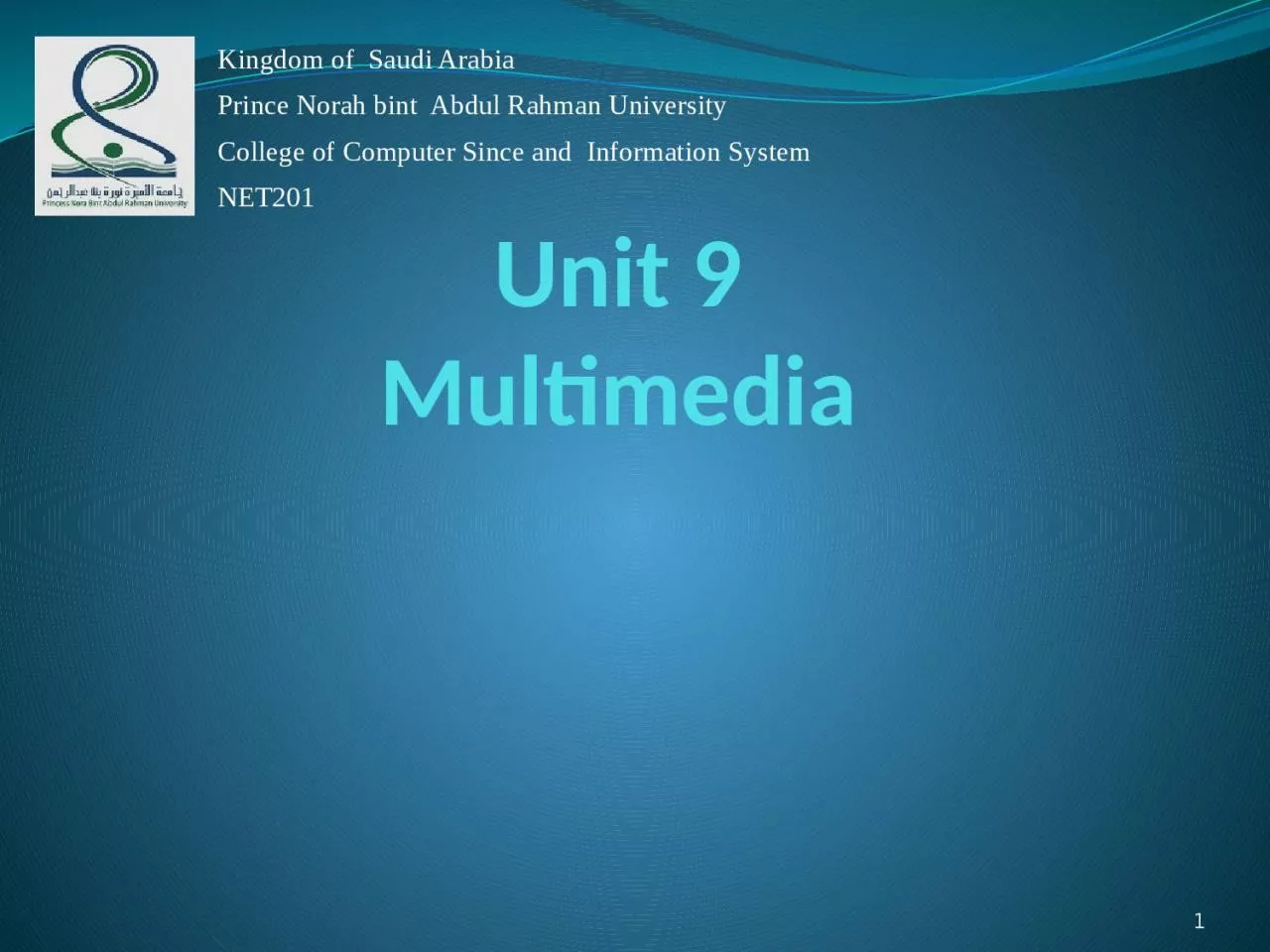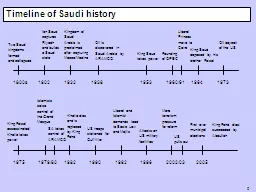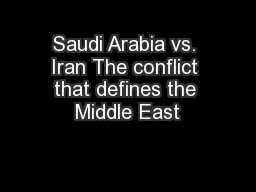PPT-Unit 9 Multimedia 1 Kingdom of Saudi Arabia
Author : esther | Published Date : 2023-09-19
Prince Norah bint Abdul Rahman University College of Computer Since and Information System NET201 Multimedia is the term used to refer to a combination of text
Presentation Embed Code
Download Presentation
Download Presentation The PPT/PDF document "Unit 9 Multimedia 1 Kingdom of Saudi Ar..." is the property of its rightful owner. Permission is granted to download and print the materials on this website for personal, non-commercial use only, and to display it on your personal computer provided you do not modify the materials and that you retain all copyright notices contained in the materials. By downloading content from our website, you accept the terms of this agreement.
Unit 9 Multimedia 1 Kingdom of Saudi Arabia: Transcript
Download Rules Of Document
"Unit 9 Multimedia 1 Kingdom of Saudi Arabia"The content belongs to its owner. You may download and print it for personal use, without modification, and keep all copyright notices. By downloading, you agree to these terms.
Related Documents













